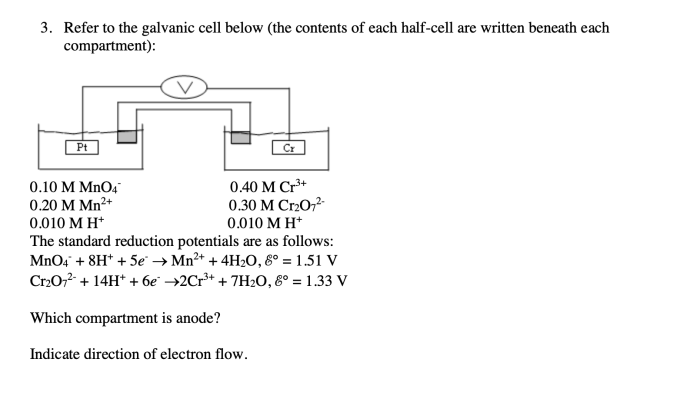The Gram to Mole Conversion Worksheet is an invaluable tool for students and professionals alike, providing a structured approach to understanding the fundamental principles of converting between grams and moles, essential concepts in chemistry and other scientific disciplines.
This worksheet encompasses a comprehensive overview of the topic, delving into the definitions of grams and moles, the concept of molar mass, and the intricate relationship between these units. Furthermore, it meticulously Artikels the step-by-step process of gram to mole conversions, providing clear instructions and practical examples to reinforce understanding.
Understanding Gram to Mole Conversions
In chemistry, it is essential to understand the relationship between the mass and amount of a substance. Gram to mole conversions allow us to convert between the mass of a substance in grams (g) and its amount in moles (mol).
A gram(g) is a unit of mass, while a mole(mol) is a unit of amount that represents a specific number of particles (atoms, molecules, ions, or electrons).
The molar massof a substance is the mass of one mole of that substance. It is expressed in grams per mole (g/mol) and is a characteristic property of each substance.
The relationship between grams and moles can be expressed using the following formula:
moles = grams / molar mass
Methods for Gram to Mole Conversions
To convert grams to moles, we can use the formula:
moles = grams / molar mass
Here are the steps involved in using this formula:
- Identify the molar mass of the substance from a reference table or periodic table.
- Divide the mass of the substance in grams by its molar mass.
- The result will be the number of moles of the substance.
For example, to convert 100 grams of sodium chloride (NaCl) to moles, we would use the following steps:
- Molar mass of NaCl = 58.44 g/mol
- moles = 100 g / 58.44 g/mol
- moles = 1.71 mol
Applications of Gram to Mole Conversions
Gram to mole conversions are essential in chemistry for various applications, including:
- Stoichiometry calculations:Determining the amount of reactants and products involved in a chemical reaction.
- Concentration calculations:Expressing the concentration of a solution in terms of molarity (moles per liter).
- Limiting reactant determination:Identifying the reactant that limits the amount of product formed in a reaction.
Accurate gram to mole conversions are crucial in scientific research, as they ensure the precision and reliability of experimental results.
Practice and Examples, Gram to mole conversion worksheet
| Grams | Molar Mass (g/mol) | Moles |
|---|---|---|
| 25 | 60 | 0.42 |
| 100 | 32 | 3.12 |
| 50 | 98 | 0.51 |
Sample Gram to Mole Conversion Problems:
- Convert 75 grams of glucose (C6H 12O 6) to moles.
- Calculate the number of moles in 200 grams of magnesium oxide (MgO).
- Determine the mass in grams of 0.5 moles of sodium chloride (NaCl).
Solutions and Explanations:
- Molar mass of C6H 12O 6= 180.16 g/molmoles = 75 g / 180.16 g/mol = 0.42 mol
- Molar mass of MgO = 40.3 g/molmoles = 200 g / 40.3 g/mol = 4.96 mol
- Molar mass of NaCl = 58.44 g/molmass = 0.5 mol x 58.44 g/mol = 29.22 g
General Inquiries: Gram To Mole Conversion Worksheet
What is the formula for converting grams to moles?
Moles = Grams / Molar Mass
How do I use the Gram to Mole Conversion Worksheet?
Follow the step-by-step instructions provided in the worksheet, inputting the given gram value and molar mass to calculate the corresponding number of moles.
What are the applications of gram to mole conversions?
Gram to mole conversions are crucial in chemistry for determining the amount of substance present in a sample, calculating reactant and product quantities in chemical reactions, and understanding the composition of compounds.

